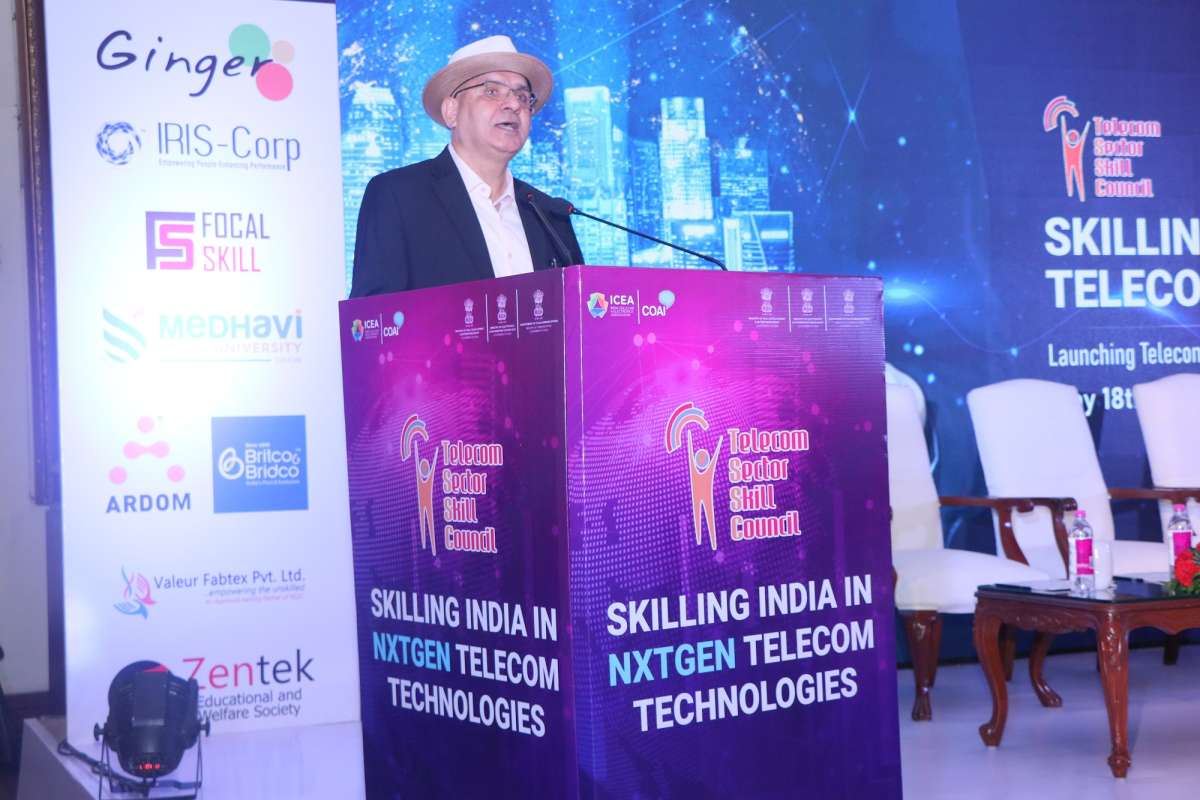
The demand for skilled labour in the telecom sector of India is quite high at the moment. According to the data published by the Telecom Sector Skill Council (TSSC) in its ‘Overview: Indian Telecom Market 2022-23’ report, there was a demand and supply gap of 28% in the telecom sector for skilled labour.
The report said that the gap would continue to widen with the rollout of 5G in the coming future. 5G would also bring allied technologies into play which will also require expertise and further add to the demand-supply gap.
TSSC Trying to Train and Upskill Indians as Fast as Possible
TSSC has an aim of boosting India’s infrastructure and skilled workforce and thus plans to train over 1 lakh people in the coming three years and open ten new Centre of Excellence across the nation.
Arvind Bali, CEO, TSSC, said, “With OEMs setting shop in India, they will need a plethora of job roles to set up their supply chain. We aim to aid the ecosystem with a world-class skilled workforce for 5G and its allied technologies.”
TSSC plans to train and upskill Indians in areas such as 5G, IoT (Internet of Things), ML (Machine Language), AI (Artificial Intelligence), and more.
It makes sense as more and more multinational companies (MNCs) are going to shift their manufacturing and assembling facilities to India to benefit from the Production Linked Incentive (PLI) scheme and would require skilled, trained, and ready professionals to take up new job roles fast to save costs.
It would also help in curbing the unemployment rates in different regions of the country and add fruitfully to the economy of India. It is worth noting that TSSC is also planning to expand globally in regions such as Africa and the Middle East nations.
The need for skilled labour in the telecom sector of India is of utmost importance at the moment as telcos would want to roll out 5G as fast as possible to make a return on their investment.















